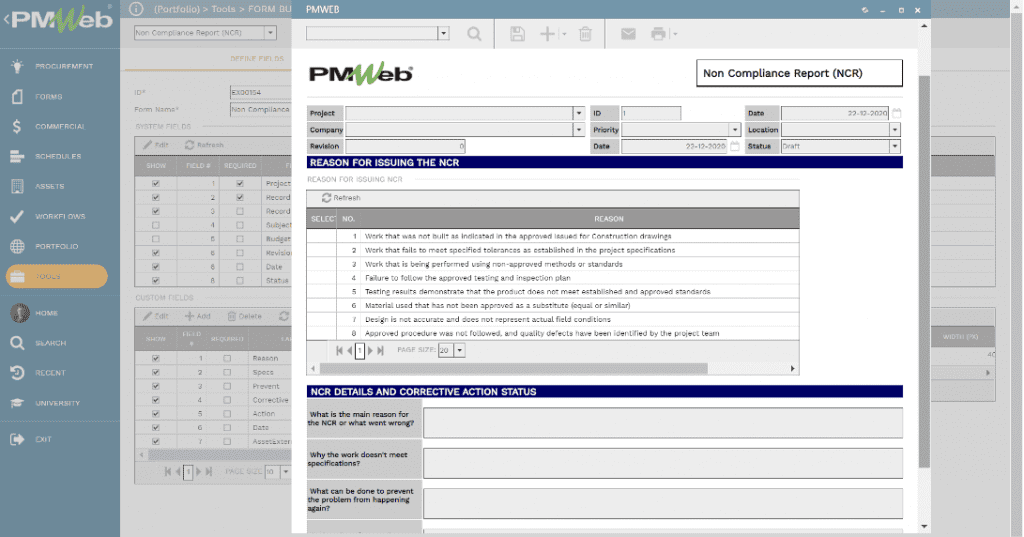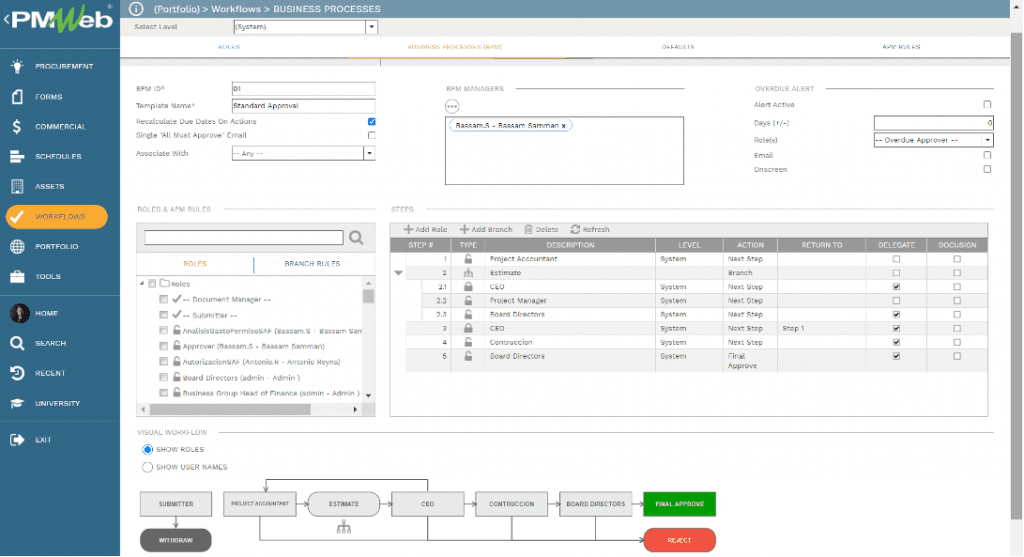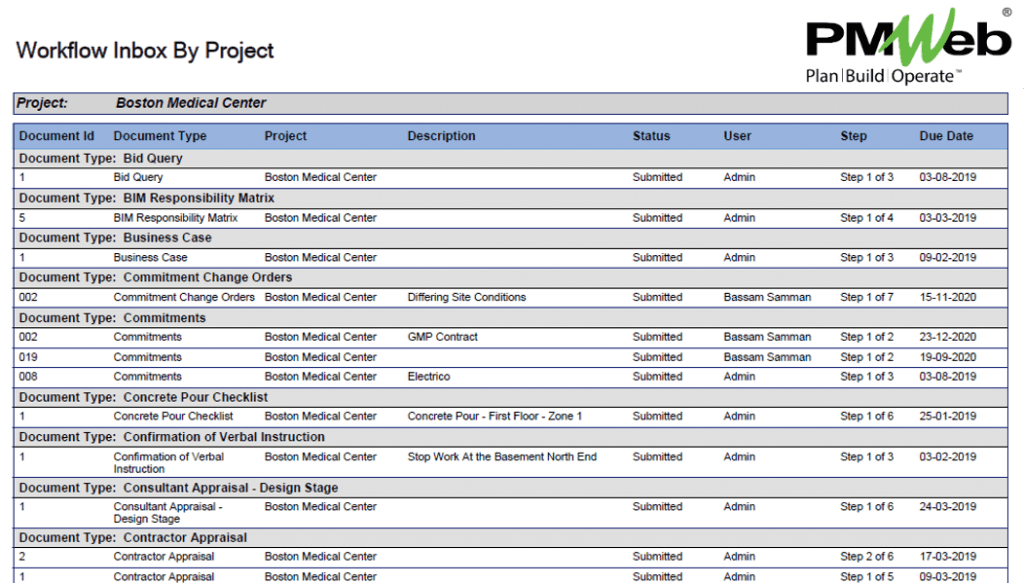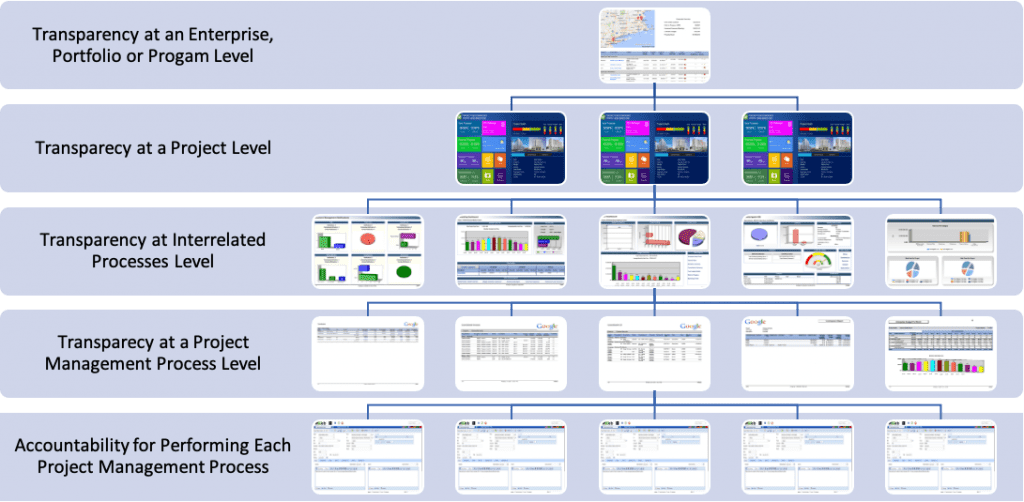Project governance is the management framework within which project decisions are made. It covers the process of decision-making as well as the processes by which decisions are implemented. Transparency and accountability are central to the concept of good governance. Accountability goes beyond the mere responsibility of delivery of a project task or service. It also means answerability if a task or service is not delivered in a timely and efficient manner such that it becomes a burden. On the other hand, transparency is how to have access to project information in an open way without secrets.
Enforcing the principle of accountability on capital construction projects requires defining all processes needed to manage the project delivery. Those processes will involve individuals representing the different entities that have roles and responsibilities in delivering the project. Those roles and responsibilities are defined in the project’s contract agreements that set the obligations and entitlements of those entities. On the other hand, enforcing the principle of transparency requires having access to the information captured in performing those processes.
Achieving those two principles requires having a system where individuals from the different entities and stakeholders can use to manage the different project management processes as well as have access to all relevant information about a project easily and efficiently. The system must have access controls to protect the project’s information as well as structured collaboration to ensure that tasks are assigned to their responsible individuals. With the growing requirement of work-from-home (WFH), the system should also allow secured access to the project information anytime and from anywhere.
Using a web-enabled Project Management Information System (PMIS) like PMWeb, the two principles of transparency and accountability can be easily enforced across the complete projects’ portfolio that an entity could have. Accountability will be enforced by automating the execution of the many processes needed to manage a project. This will require having an input form to capture all needed information as well as attach all supportive documents and add links to relevant records and imported emails.
To accelerate while easing the enforcement of accountability, PMWeb comes ready with most of the input forms needed to manage a capital construction project. Additional information fields can be added to those forms to fulfill the project management needs for any organization. In addition, PMWeb custom form builder allows creating the input forms for all other processes that are not readily available in PMWeb.

In addition, enforcing accountability will require having a workflow to map the different tasks needed to perform each project management process. The workflow needs to identify the responsibility for performing each task, duration allotted to perform each task, available actions to take, to which task a process should be returned to if there is a need to resubmit, the sequence for performing those tasks, and all conditions required for enforcing approval authority levels which are usually detailed in the project management plan.

When those project management processes are performed, the assigned workflow will automatically share and distribute the input form to the intended recipients. Notifications to those individuals are sent via email, on-screen notification, or both. The email notification can be configured to enable attaching all supportive documents available on the input form. In addition, reports can be designed to report on the workflow tasks detailing those completed, due and delayed tasks along with their accountable individuals.

The information captured in PMWeb input forms will provide the needed transparency, whether this was for information that is relevant to the performance of a single specific project management processor for information of interrelated project management processes like those for commercial, procurement, risk, schedule, communications and documents, quality, health and safety, system testing and commissioning among others. In addition, the same captured information will provide the needed transparency at a project, program, or portfolio of projects levels. With user permission settings, managers can keep confidential information protected while giving each project member and stakeholder access to the information they need.

Enforcing the principles of transparency and accountability not only a requirement for good governance but also helps in building trust and teamwork among individuals involved in managing the capital construction project delivery. It helps in sharing valuable information that will provide stakeholders with the insight to make better and faster-informed decisions. Transparency is crucial for project team members and stakeholders to identify bottlenecks and work out solutions to correct the situation before it becomes too late for any action.
Other benefits of enforcing the principles of transparency and accountability are the generation of trustworthy, traceable, and auditable data that will become the basis for implementing the new technology practices of artificial intelligence (AI) and machine learning. In addition, this data will provide organizations with the knowledge to establish realistic benchmarks to monitor, evaluate, assess and report their projects’ portfolio performance.



